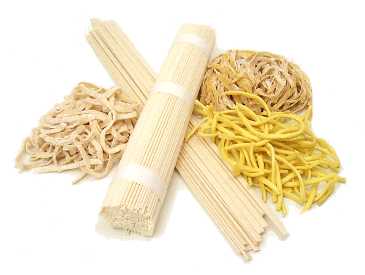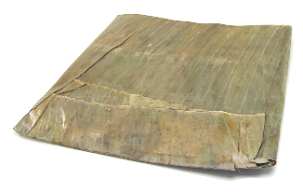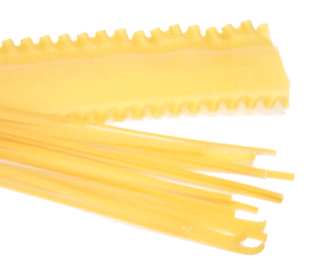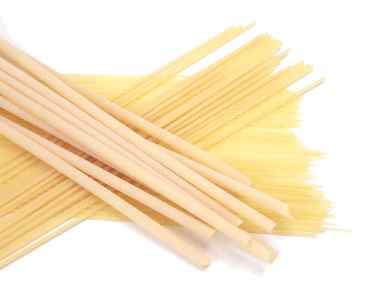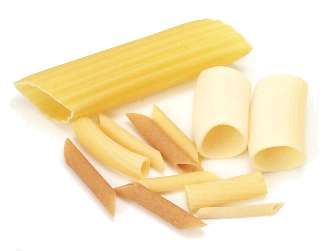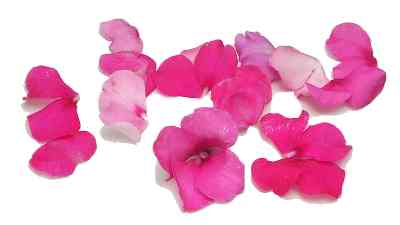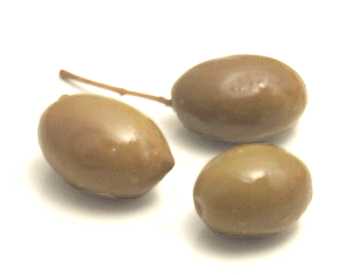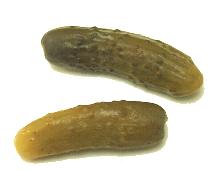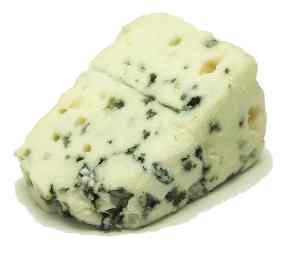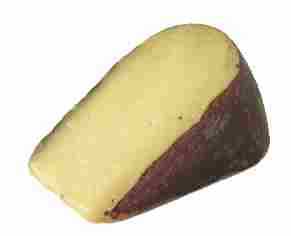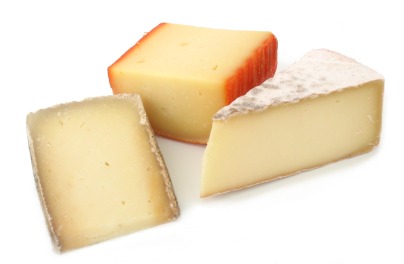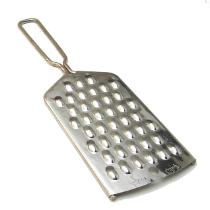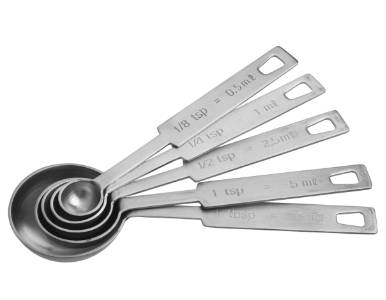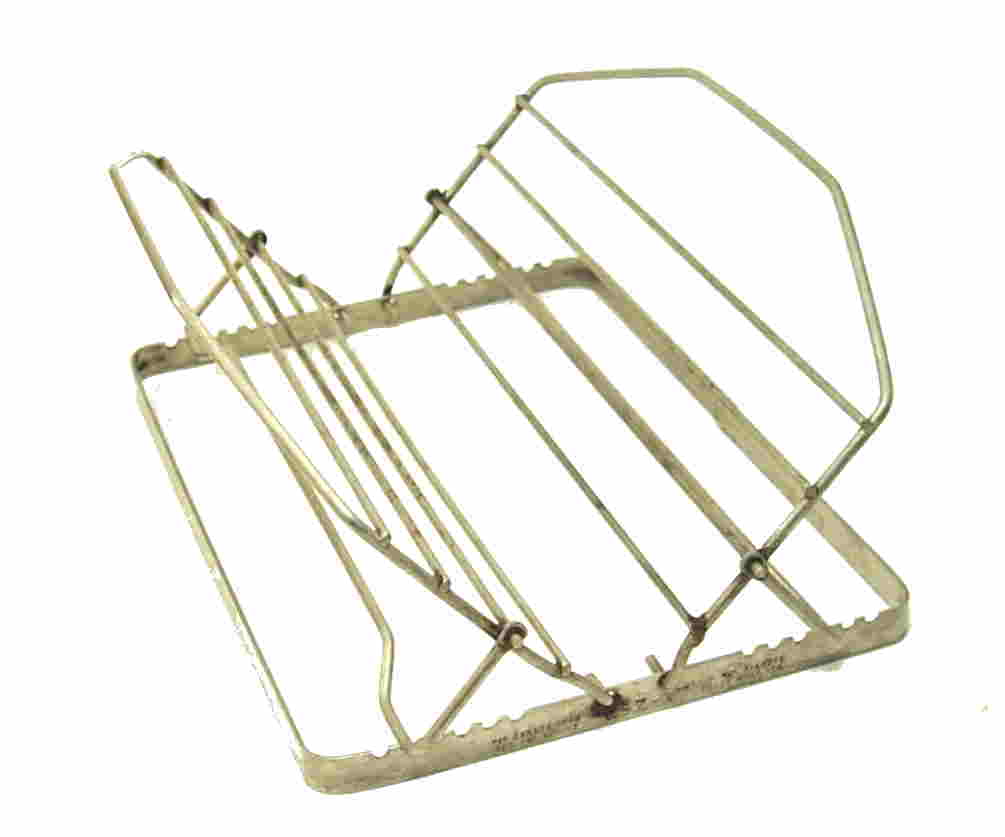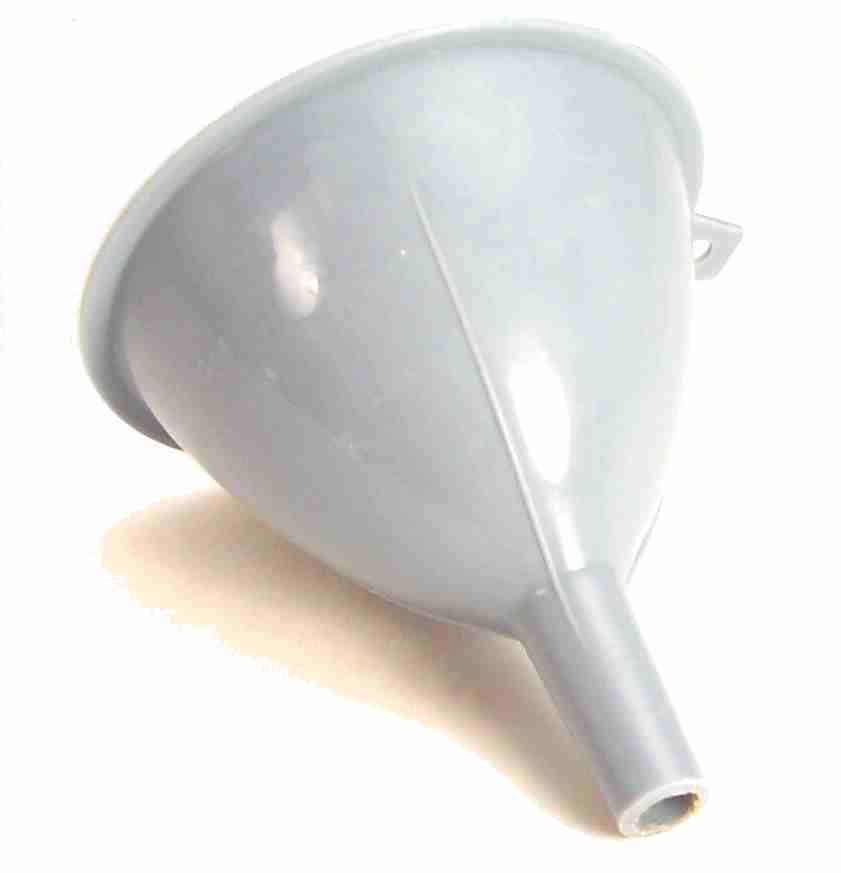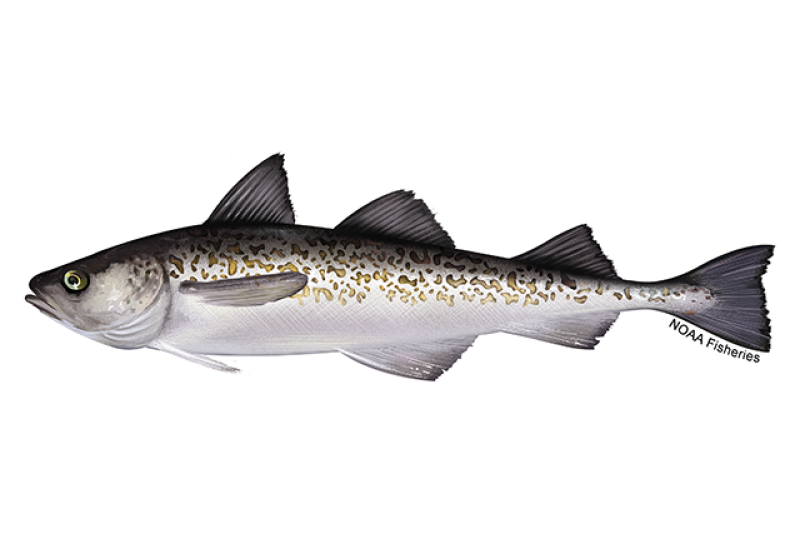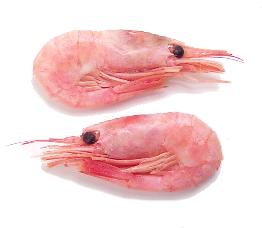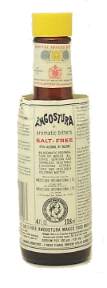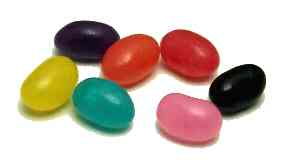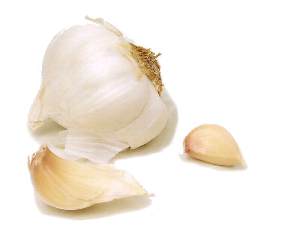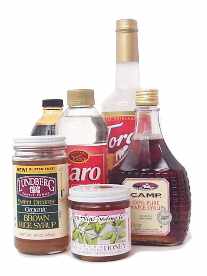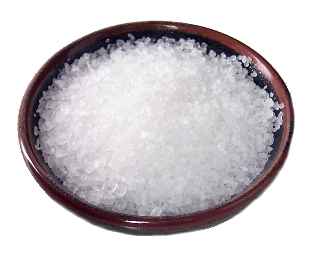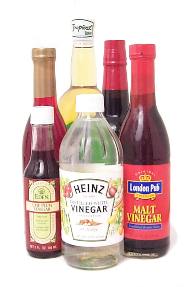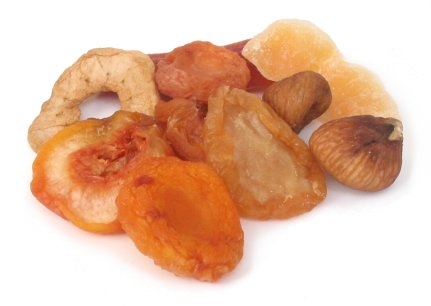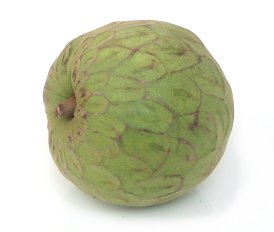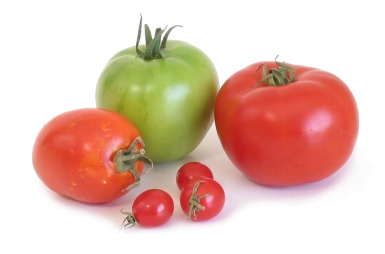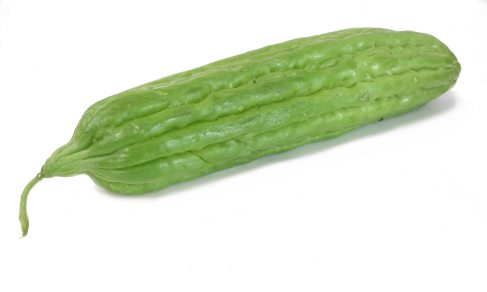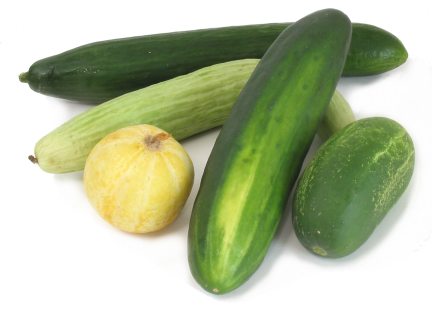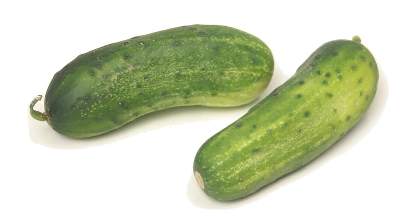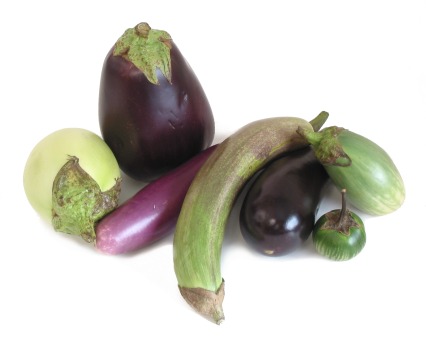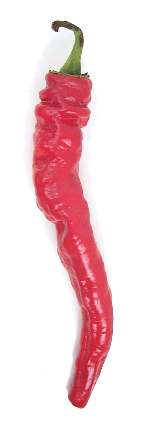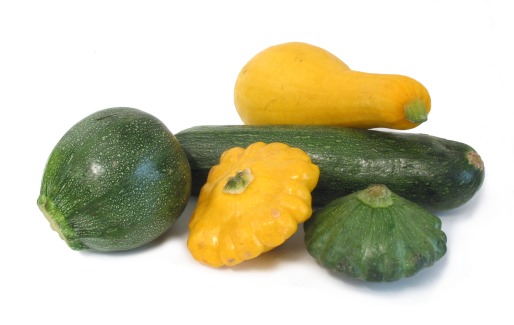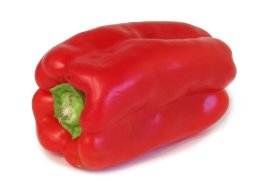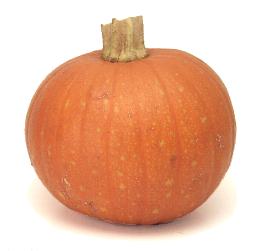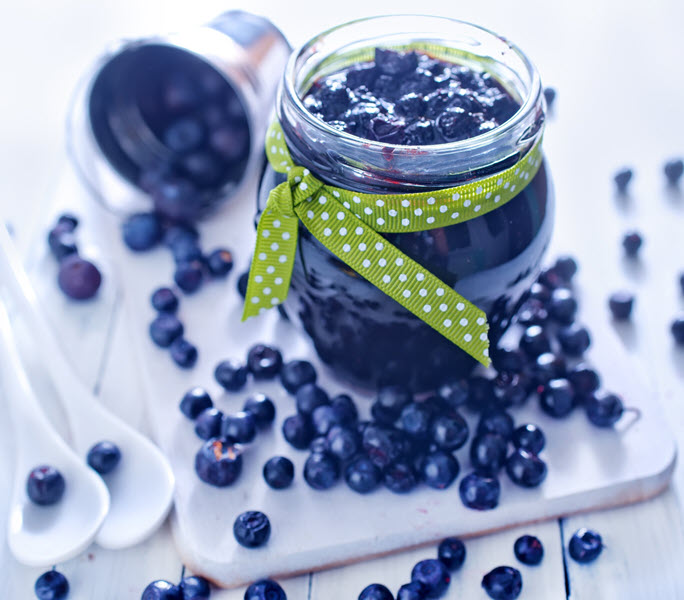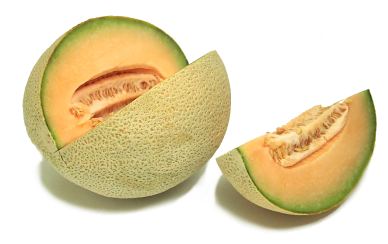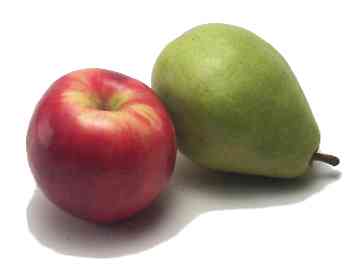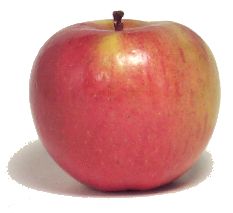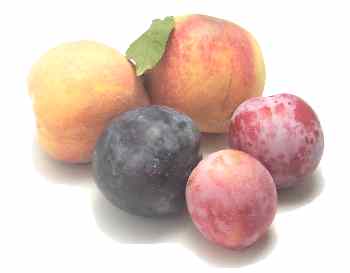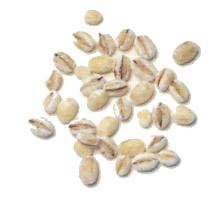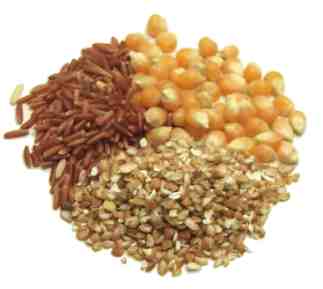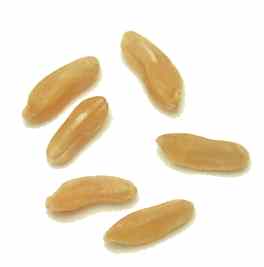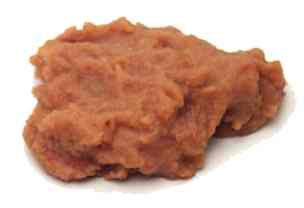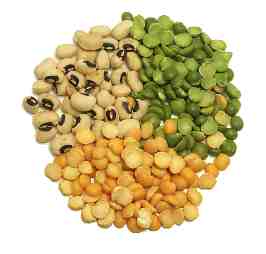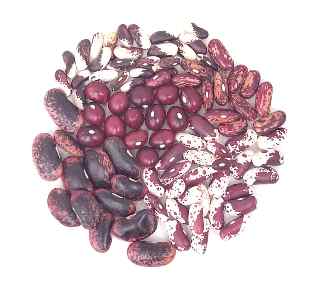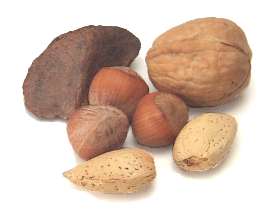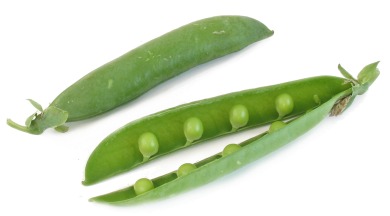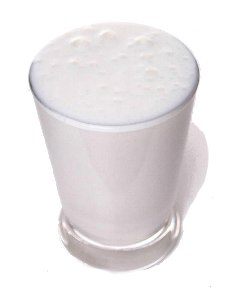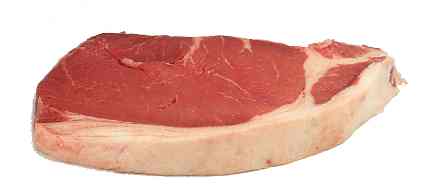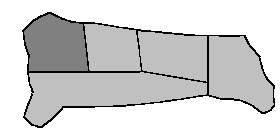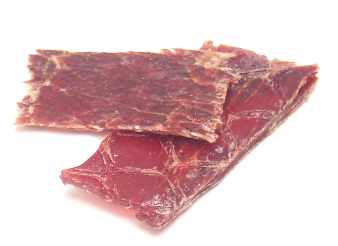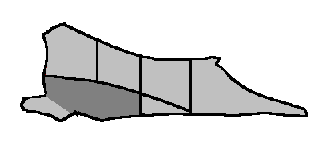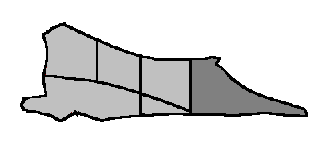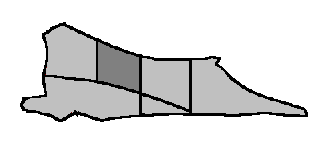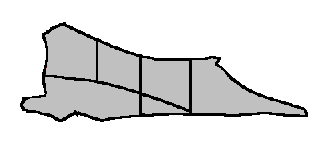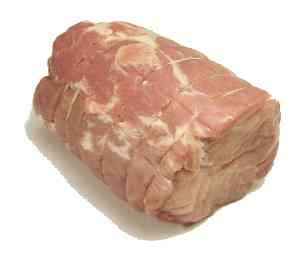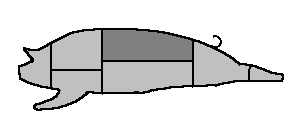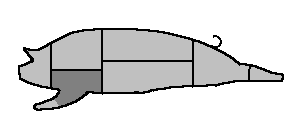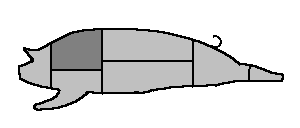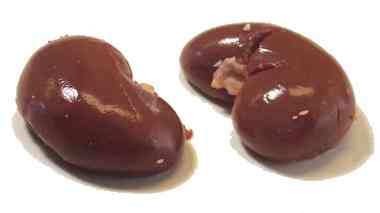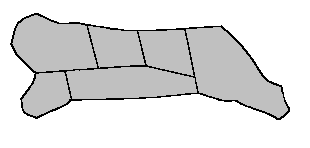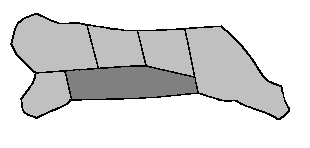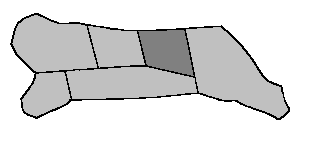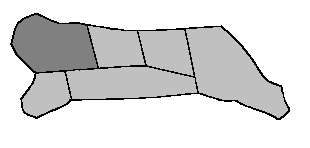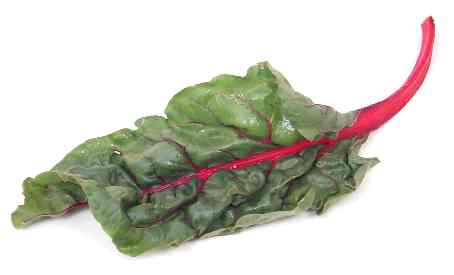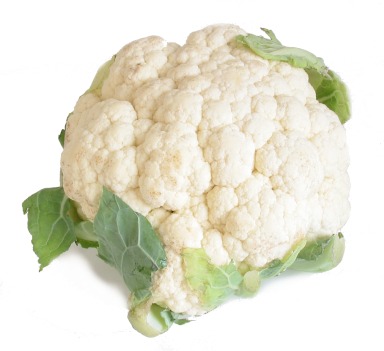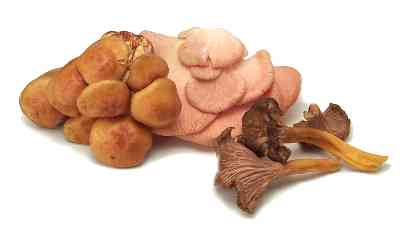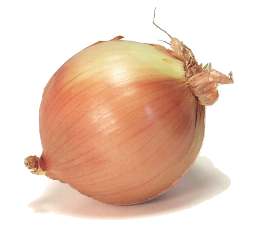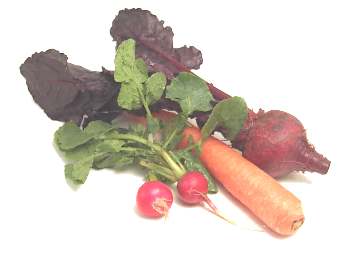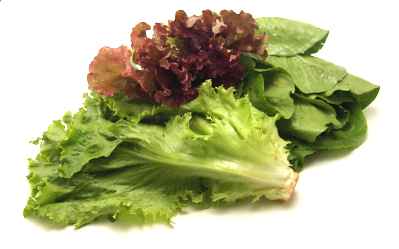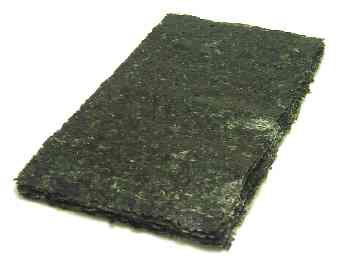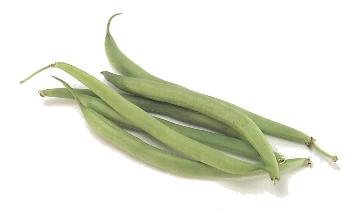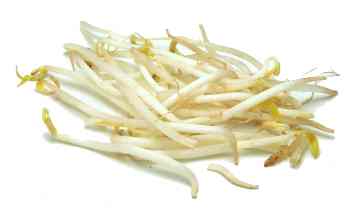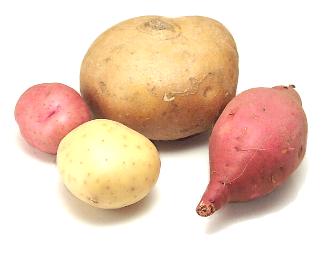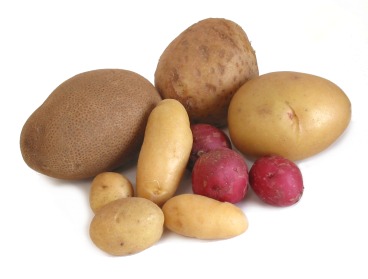Grain Products Category

Includes flour, noodles, and dough.
rice flake noodles
These big, flat rice noodles look like tortilla chips. They're used in soups and stir-fries. Before using them, soften them in hot water, then boil or stir-fry them briefly, usually not more than a minute.
Learn morerice flour
To see how to substitute other flours for wheat flours, see the listing under all-purpose flour.
Learn morerice noodles
Rice noodles are made with rice flour, and are especially popular in Southeast Asia. It's easy to find dried rice noodles in large supermarkets, but you'll probably have to visit an Asian market to find them fresh. Rice noodles should be soaked in hot water before using. When they're soft and transparent, drain them.
Learn morerice paper
These thin, fragile sheets are used to make spring rolls, but they also make good all-purpose wrappers, baking pan liners, and even lasagne noodles. The sheets are brittle, so you need to moisten them with water before wrapping foods in them. Keep them moist while you work with them by covering the stack with a damp towel. Rice paper doesn't need to be cooked, but it's sturdy enough to be steamed or deep-fried. Look for it in Asian markets. It can be stored in a cool, dark place for many months.
Learn morerice pasta
This is a good pasta alternative for people with wheat allergies. It's also available as brown rice pasta.
Learn morerice sticks
They come in many shapes and sizes, but they can be roughly classified as thin, medium, and wide. Thin rice noodles are used in soups, salads, and spring rolls. Medium noodles are the most versatile, and can be used in soups, stir-fries, salads, or as a bed for meat or fish. Wide noodles are best used in soups, stir-fries, and braised dishes. Before using rice noodles, soften them in hot water. This will take anywhere from a few minutes to a half hour, depending upon the thickness of the noodles. After they've softened, boil or stir-fry them briefly, usually not more than a minute. It's easier to stir-fry noodles if you break them into shorter lengths.
Learn morerice vermicelli
These are used throughout Asian in soups, spring rolls, cold salads, and stir-fries. They're similar to bean threads, only they're longer and made with rice flour instead of mung bean starch. Before using, soak the dried noodles in hot water until they're soft (about 15 minutes), then boil them briefly (from 1 to 3 minutes) and rinse with hot water. You can also deep-fry the dried noodles until they're crunchy and then use them in Chinese chicken salad, or as a garnish or bed for sauces.
Learn morerigatoni
These are big pasta tubes with ridges. They're normally served with chunky sauces or baked in casseroles.
Learn moreriver rice noodles
These chewy rice noodles are popular in southern Vietnam, where they're often served with seafood. They're usually sold as fresh sheets, which are either left whole or sliced into various widths. Rinse them in warm water before using, then add them to stir-fries or soups, or use the sheets to wrap meat fillings before steaming them.
Learn morerotelle
Rotelle is an Italian pasta that's shaped like a wagon wheel, and it works well with chunky sauces or in pasta salads.
Learn morerotini
These pasta shapes look like short springs or corkscrews made from spaghetti. They cling to chunky or thick sauces, but they also work in pasta salads.
Learn moreroux
This is a thickener that's made from equal weights of flour and a fat, like butter or meat drippings. It's especially good for thickening rich, hearty stews and gravies. To make it, heat the fat in a pan, then gradually whisk in the flour. Cook the mixture, stirring constantly, for at least several minutes, then gradually whisk in the hot liquid you're trying to thicken. You must then cook the sauce for at least 30 minutes to prevent it from acquiring a grainy texture and a starchy, floury taste. Some cooks make large batches of roux, and store it in the refrigerator or freezer.
Learn morerye flour
includes medium rye flour and heartier dark rye flour. To see how to substitute other flours for wheat flours when making yeast breads, see the listing under all-purpose flour.
Learn moreSago starch
This flour is made from the inner pulp of the sago palm. It's often used to make pudding, but it can also serve as an all-purpose thickener. Look for it in Asian markets.
Learn moresahlab
This is made from orchid tubers and has a pleasant, flowery smell. Look for it in Middle Eastern markets.
Learn moresaimin
These noodles are so popular in Hawaii that a soup based on them has been served at McDonald's restaurants there. They're similar to ramen noodles, only they're made with eggs and not deep-fried.
Learn moresausage casings
These are traditionally made from intestines, but synthetic casings are now more common. You can order them online, or prevail upon a friendly neighborhood butcher.
Learn moreseitan
This is a vegetarian meat substitute that's rich in protein, low in fat, and chewy enough to pass for steak or chicken. It's made by mixing gluten flour or wheat flour with water, kneading it, washing away the starch with water, and then cooking the rubbery gluten that remains in a flavored broth. The seitan can then be sliced or shaped however you like and then fried, steamed, baked, or added to stews. Look for packages or tubs of it in the refrigerated sections of Asian markets and health food stores. You can also buy it in the form of meat-flavored sausage, salami, and deli cuts. Store seitan in the refrigerator for up to ten days, or for up to six months in the freezer.
Learn moreshirataki
These Japanese noodles are a form of konnyaku, a rubbery, gelatinous substance derived from devil's tongue yams. The noodles come in white or black versions; black is preferred for sukiyaki. Look for them in Japanese markets, either in cans or fresh in plastic bags in the refrigerated section. Drain and cook the noodles before using.
Learn moresoba
These chewy Japanese noodles are popular at soup counters in Tokyo. They're made with a blend of wheat and buckwheat flours, the more buckwheat the better. They're often sold fresh (called nama soba) in Japan, but foreigners usually have to settle for dried. Soba comes in different widths and flavors, including green cha soba = chasoba, which is flavored with green tea, and yamaimo soba, flavored with yams. Cook them for about 3 minutes.
Learn moresomen
These very thin Japanese wheat noodles are almost always served cold. There are different colors, including cha somen, which is colored with green tea, and tomago somen, which is flavored with egg yolks. Cook them for about 2 or 3 minutes.
Learn moresorghum flour
This is widely used in India and Africa, especially by poor farmers who can't afford wheat flour. It's somewhat bland but very nutritious and gluten-free. You can sometimes find it in health foods stores, but you can get it for less in an Indian market.
Learn moresoup pasta
As a rule, the thinner the soup, the smaller the pasta. For broths and light soups, select from a large assortment of tiny shapes. Larger shapes, like tubetti or ditali, are perfect for minestrone or other hearty soups.
Learn moresoy flour
To see how to substitute other flours for wheat flours when making yeast breads, see the listing under all-purpose flour.
Learn moresoya flour
To see how to substitute other flours for wheat flours when making yeast breads, see the listing under all-purpose flour.
Learn more
